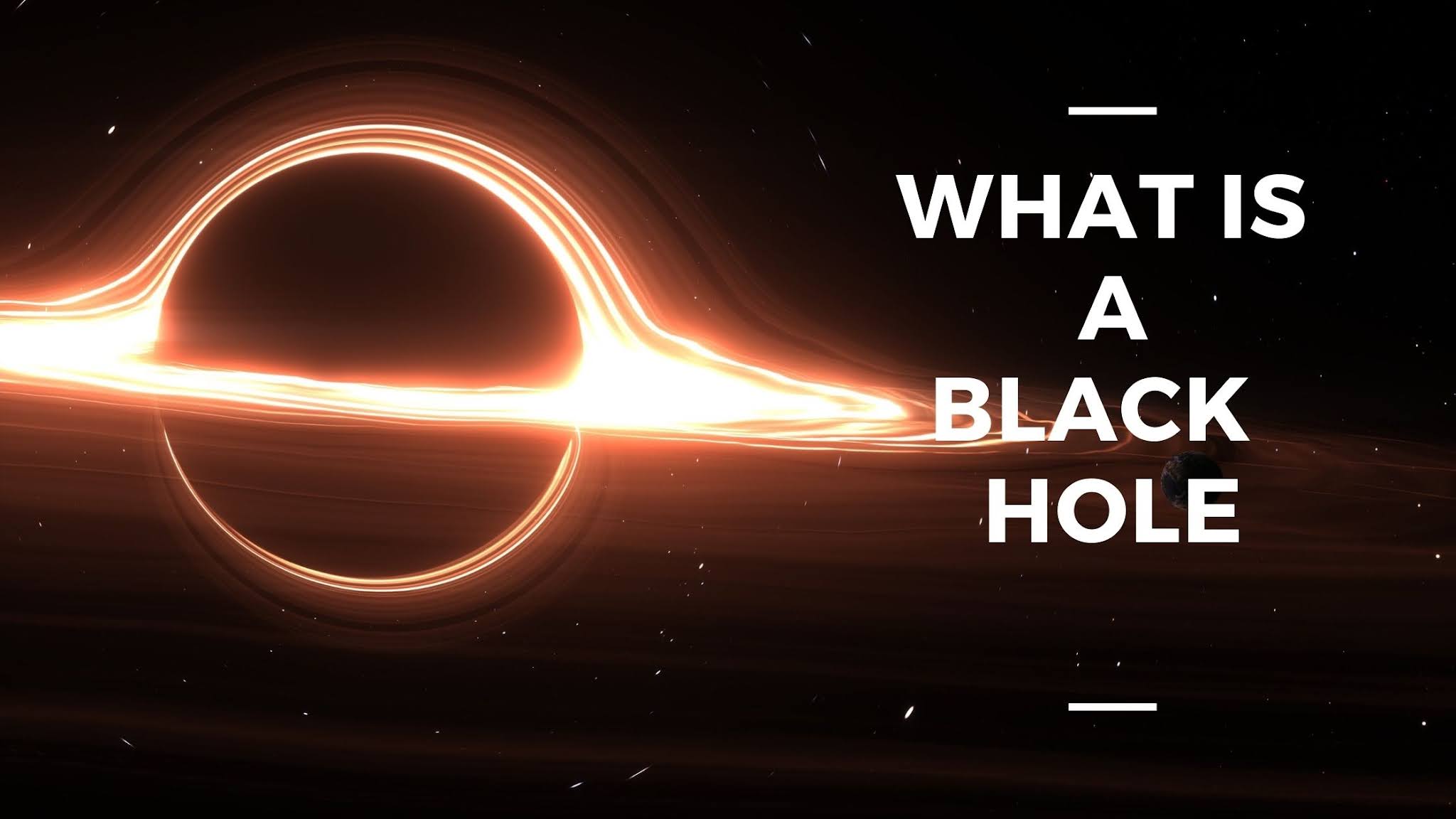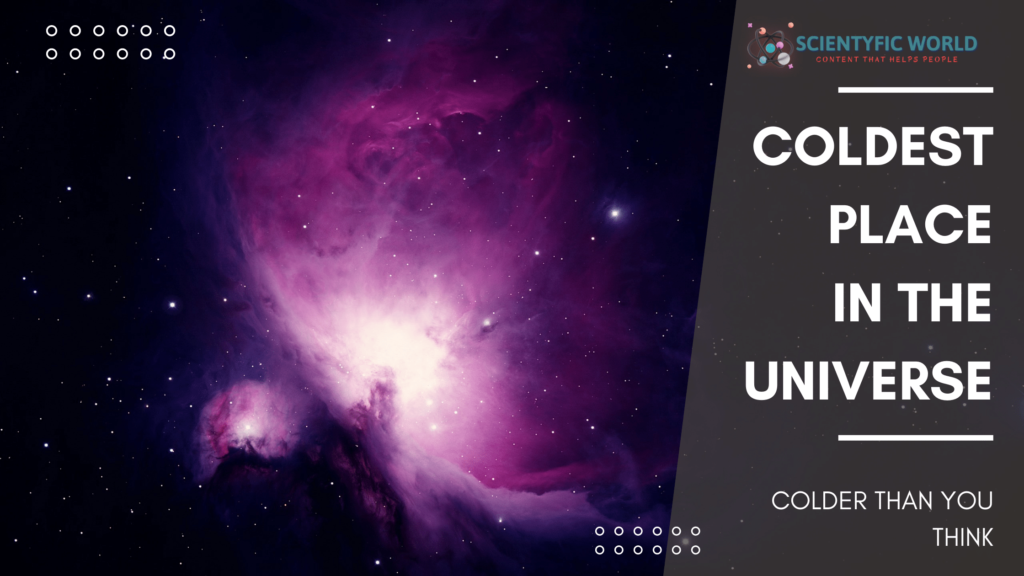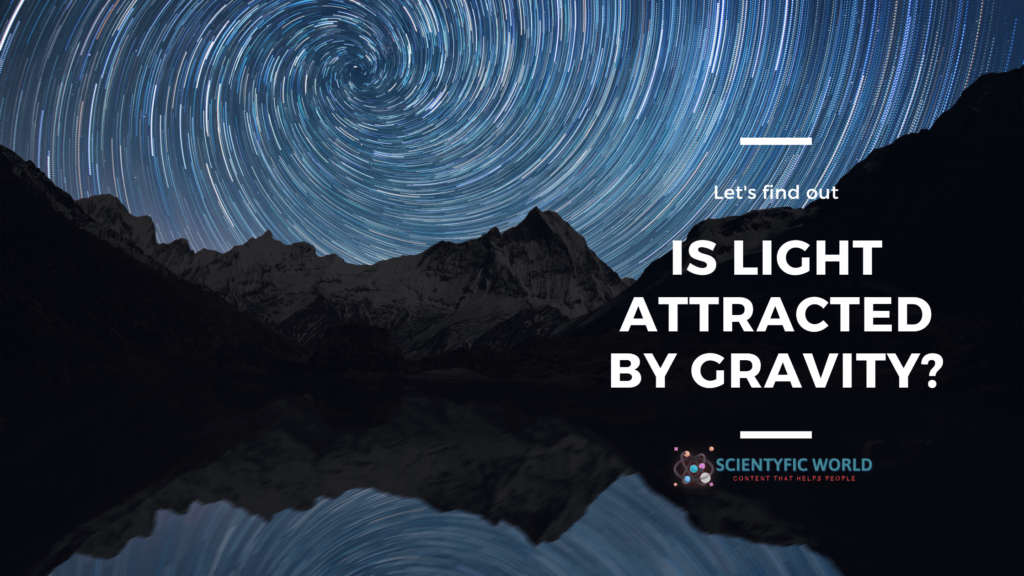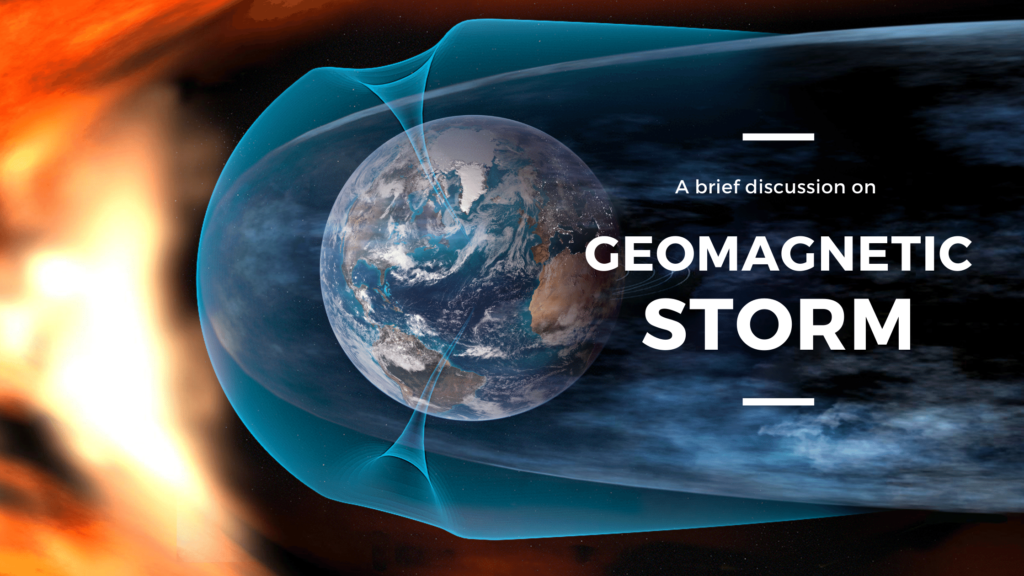Follow Us:
Black Hole : Zero to Infinity

Hey there!
Although we have advanced technologically and scientifically at the present time, there are lots of things that we have not been able to unravel till now.
And we have very limited information about these things. And one of the most studied of these is the Black Hole.
So, in today’s article we are going to study about Black Hole and in this journey, if I missed anything that arises any question in your mind, please let me know that by commenting on the comment box.
Starting with Einstein’s famous quote on Black Hole.
Black Holes are where God divided by zero.
-Albert Einstein
What is a Black Hole?
It a spot/area in space with a tremendous measure of gravity. Here the estimation of gravity is so much that even light can’t receive in return. Its gravity is so solid because an enormous amount of mass is compressed in a small space.
In 1783 Professor of Cambridge University John Michell(1724-1793) depicted Black Hole. After that in 1796 Pierre Simon(1749-1827), a Frech researcher, portrayed quickly about Black Hole in his book ‘The System of the World’. At that point in 1916, Albert Einstein anticipated the presence of dark openings with his ‘General Theory of Relativity.
Can we see a Black Hole?
As the light can not get out of a Black Hole, so we cannot see it. But many of you think that then how scientists captured the image of the black hole. Well, they use EHT or Event Horizon Telescope.
First Image of Black Hole-

Although researchers had estimated they could picture dark openings by catching their outlines against their sparkling environmental factors, the capacity to picture an item so far off still evaded them. A group framed to take on the test, making an organization of telescopes known as the Event Horizon Telescope, or the EHT. They set out to catch a picture of a dark opening by developing a strategy that takes into account the imaging of far-away articles, known as Very Long Baseline Interferometry, or VLBI.
Telescopes of assorted types are utilized to see removed articles. The bigger the measurement, or opening, of the telescope, the more noteworthy its capacity to assemble all the more light and the higher its goal (or capacity to picture fine subtleties). To see subtleties in items that are far away and show up little and faint from Earth, we need to assemble however much light as could be expected with a high goal, so we need to utilize a telescope with an enormous gap.
That is the reason the VLBI procedure was fundamental to catching the dark opening picture. VLBI works by making a variety of more modest telescopes that can be synchronized to zero in on a similar article simultaneously and go about as a goliath virtual telescope. At times, the more modest telescopes are additionally a variety of numerous telescopes. This method has been utilized to follow the shuttle and to picture inaccessible enormous radio sources, for example, quasars.
The opening of a goliath virtual telescope, for example, the Event Horizon Telescope is as extensive as the distance between the two farthest-separated telescope stations – for the EHT, those two stations are at the South Pole and in Spain, making a gap that is almost equivalent to the width of Earth. Each telescope in the exhibit centres around the objective, for this situation, the dark opening, and gathers information from its area on Earth, giving a part of the EHT’s full view. The more telescopes in the exhibit that are generally divided, the better the picture goal. To test VLBI for imaging a dark opening and a few PC calculations for arranging and synchronizing information, the Event Horizon Telescope group settled on two focuses, each offering extraordinary difficulties.
Types of Black Holes:
Generally, there are two types of black holes-
- Stellar black holes- small but deadly in nature.
- Supermassive black holes.
Stellar Black Holes:
When a star burns through the last of its fuel, the star collapses into itself. For smaller stars ( those stars up to about three times the sun’s mass), the new core will become a neutron star or a white dwarf star. But when a big star ( those stars who 20 times greater than or equal to the sun’s mass) collapses, it continues to compress and creates a Stellar black hole.
These type of black holes are relatively small but incredibly dense. A stellar black hole can be more than 3 times of sun’s mass in the diameter of a city. This could have an enormous amount of gravitational force. Stellar black holes consume the dust and gas from their surrounding galaxies, which keeps them growing in size.
Supermassive black holes:
These black holes are millions or even billions of times massive than our sun. Supermassive black holes may be the result of hundreds or thousands of small black holes that merge together. Large gas clouds could also be responsible, collapsing together and rapidly accreting mass. Collapsing of a stellar cluster, a group of stars that falls together. These black holes are thought to lie at the centre of every galaxy, including the Milky Way.
Structure of a black hole:
Let’s see the structure of a Black Hole with a simple image.

This image was taken from “www.eso.org“.
Will our sun ever turn into a black hole?
Well, the sun(1.989 x 10^30 kg) does not have enough mass to collapse into a black hole. In billions of years, when the sun will at the end of its life, it will become a red supergiant star. Then when it has used the last of its fuel, it will become a cooling white dwarf star.
-Thank you for reading.
Hope this article helps you. If you have any question in your mind then feel free to ask.



